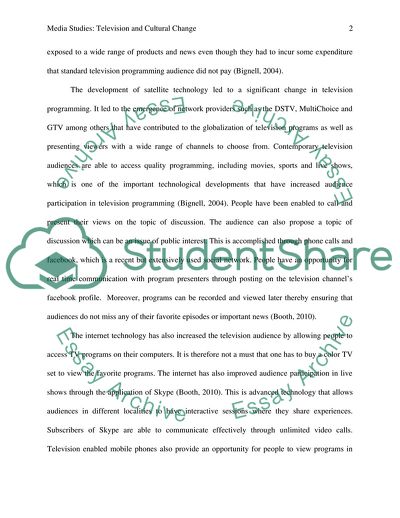Cite this document
(Media Studies: Television and Cultural Change Coursework, n.d.)
Media Studies: Television and Cultural Change Coursework. https://studentshare.org/media/1768704-media-studies-television-and-cultural-change
Media Studies: Television and Cultural Change Coursework. https://studentshare.org/media/1768704-media-studies-television-and-cultural-change
(Media Studies: Television and Cultural Change Coursework)
Media Studies: Television and Cultural Change Coursework. https://studentshare.org/media/1768704-media-studies-television-and-cultural-change.
Media Studies: Television and Cultural Change Coursework. https://studentshare.org/media/1768704-media-studies-television-and-cultural-change.
“Media Studies: Television and Cultural Change Coursework”. https://studentshare.org/media/1768704-media-studies-television-and-cultural-change.


